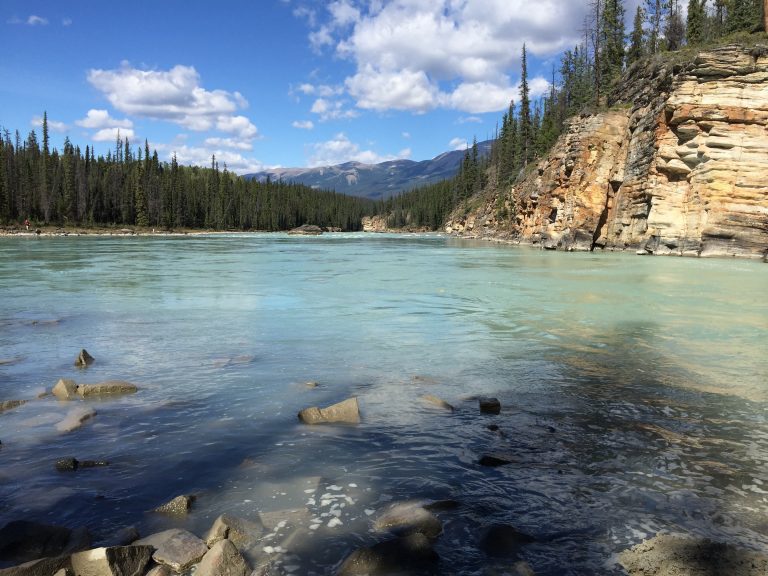Governance
Governance
External Alberta Resources
Related material
Though Canada is known for its wealth of pristine glacier rivers and lakes, water is a non-renewable resource and must be used within its means. Each provincial and territorial government has legislation, regulations and guidelines in place to ensure appropriate control and use of water.
There are many points of legislation to consider and the following is a brief overview that highlights specific areas within water governance and legislation in Alberta. For further criteria explanation, please refer to the Alberta Water Act.
Water Licences, Transfers, and Allocation
In order to use or divert ground or surface water in Alberta, the province requires you to obtain a licence, under the Water Act. A water licence is required for any individuals wanting to use or divert water in Alberta. From businesses to individual use, the regulations apply if one wishes to use ground or surface water. There are some cases where a licence is not required, such as: statutory household use, traditional agriculture use*, fire-fighting, wells equipped with hand pumps, and alternate watering systems that use surface water for grazing livestock and/or certain types of dugouts.
Learn more about Water Licenses, Transfers, and Allocation.
What is First-in-Time, First-in-Right (FITFIR)?
Property Rights
Property rights allow citizens and governments to own, use and develop land as they see fit within a set of rules as defined by law. In Canada, property rights which include subsurface and mineral rights are subject to federal and provincial legislation that can change depending on the type and location of the land.
Specifically, in Alberta property rights determine how land and natural resources can be used, provide landowners with legal protection, and allow for government intervention when private property can be used for purposes that benefit the public good.
Learn more about Property Rights.

Transboundary Water Agreements
What happens before construction starts?
A basic summary of the approval process for water infrastructure projects in Alberta, Canada
Have you ever wondered why constructions projects for water infrastructure can take time? Or what the role of municipal, provincial and federal government is throughout the process? What about Environmental Impact Assessments and First Nations Consultation? How do proponents step through the regulatory and legal requirements? When do courts enter the picture?
See a diagram summary and download a document about the steps to approval.
What is "Water for Life?"
- Safe, secure drinking water;
- Healthy aquatic ecosystems; and
- Reliable, quality water supplies for a sustainable economy.
Share this Post:
